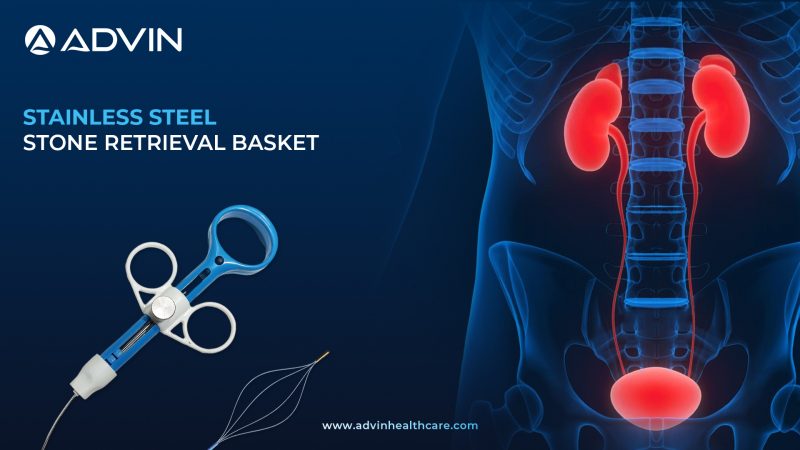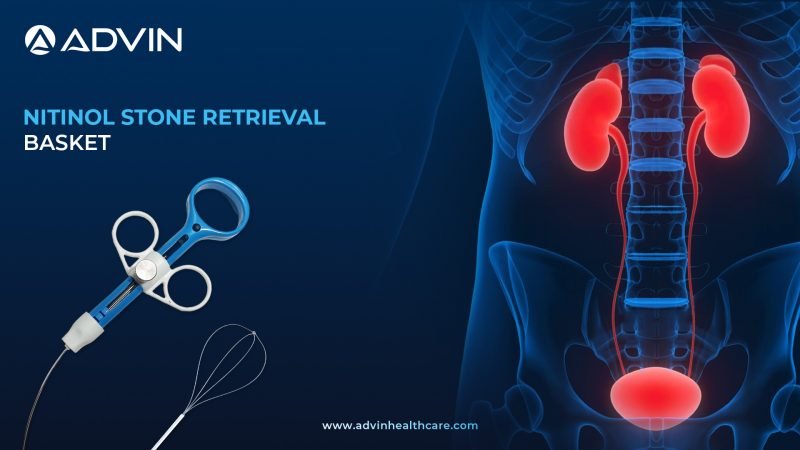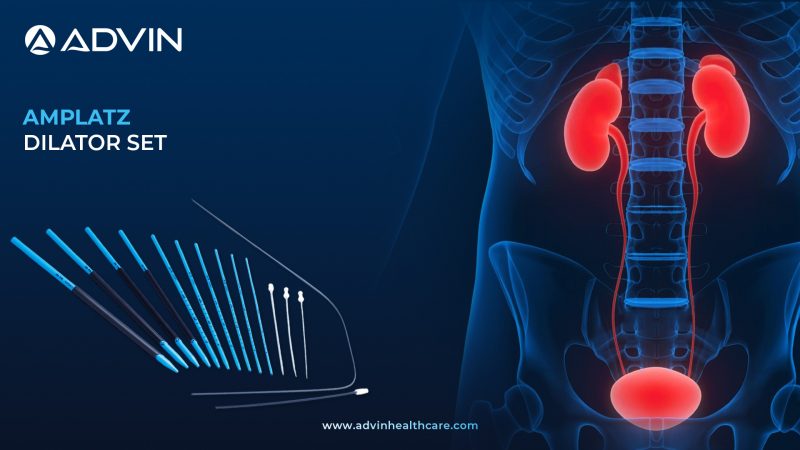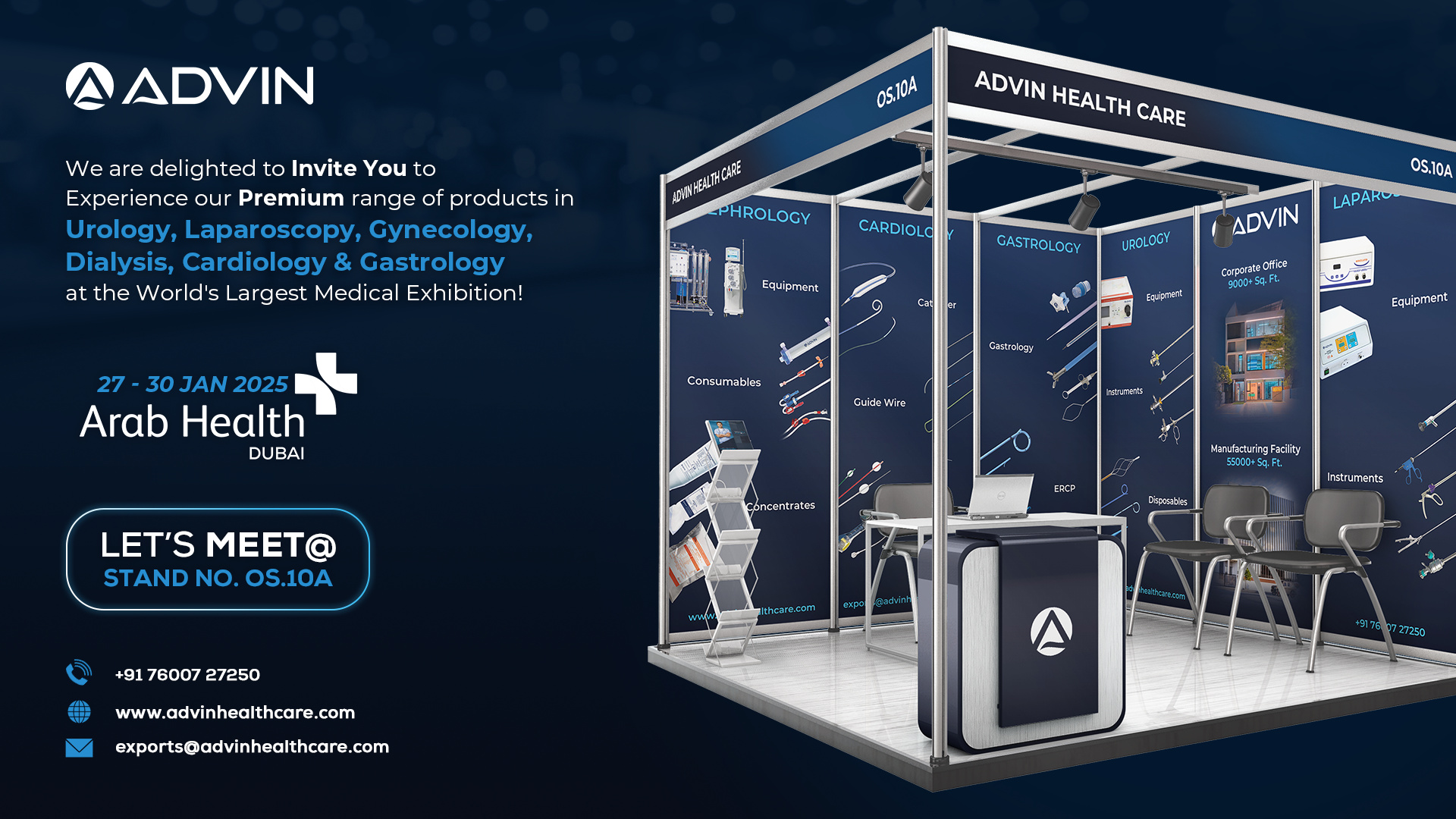Introduction to SS Stone Retrieval Basket – Durable Design for Reliable Stone Extraction
The SS Stone Retrieval Basket is a medical device designed for capturing and extracting urinary stones during endoscopic urology procedures. Made from stainless steel wire, it provides strength and reliability during stone removal. This basket is commonly used with rigid endoscopes and ensures secure stone grasping for safe extraction through the ureter or kidney.
Development and Evolution – Traditional Strength in Stone Retrieval Technology
Stainless steel (SS) baskets have been used in urology for decades. Before the advent of flexible nitinol baskets, SS retrieval baskets were the standard due to their durability and firm grasping ability. While newer materials have become more prevalent for flexible applications, SS baskets remain a reliable choice for many rigid procedures, especially in cost-sensitive healthcare settings.
Overview of SS Stone Retrieval Basket – Cost-Effective & Efficient Stone Management Tool
Advin Health Care manufactures durable and effective SS Stone Retrieval Baskets for endourological stone removal procedures. These baskets are made from high-grade stainless steel wires and are available in various configurations (tip/tipless, 3-prong/4-prong, helical, etc.). They provide strong grip and torque control, making them suitable for stone retrieval in rigid ureteroscopy and cystoscopy. The design ensures minimal trauma and effective stone engagement.
Surgical Applications – Use in URS and Cystoscopic Procedures for Stone Removal
- Rigid Ureteroscopy (URS)
- Percutaneous Nephrolithotomy (PCNL)
- Cystoscopy Stone Removal
- Bladder Stone Extraction
- Lithotripsy Follow-Up Procedures
How to Use SS Stone Retrieval Basket – Standard Technique for Safe Extraction
- Introduce the basket through the working channel of a rigid endoscope.
- Advance it to the stone location.
- Expand the basket using the handle control.
- Capture and secure the stone inside the basket.
- Carefully retract the basket to remove the stone.
Clinical Benefits – Rigid Control, Reusability Options, and Strong Grasping Force
- Strong and reliable grip for stone removal
- High durability and reusability
- Cost-effective option compared to nitinol
- Available in multiple basket styles and sizes
- Easy to use with rigid scopes
- Supports large stone removal in bladder or renal pelvis
Also Known As – Stainless Steel Stone Basket, SS Stone Catcher
SS Basket, Stainless Steel Retrieval Basket, Urology Stone Catcher, Rigid Stone Basket, Surgical Stone Removal Basket, Steel Grasping Basket, Rigid Ureteroscopic Basket, Bladder Stone Extraction Basket, SS Stone Catching Tool, Rigid Stone Extraction Device
Advin SS Stone Retrieval Basket – Product Sizes, Wire Configuration, Handle Type, and Reusability
- Reliable Stone Retrieval with Precision & Strength
- Advin Health Care offers a wide range of SS Stone Retrieval Baskets, engineered for strength and precision. These baskets are ideal for urologists seeking a cost-effective, reusable solution for safe and efficient stone removal.
- The Stainless Steel Stone Retrieval Basket is designed for the manipulation and extraction of ureteral stones from the bladder and ureter. Its helical basket design ensures effective capture and retention of stones, while minimizing trauma during procedures. The Segura Basket variant offers enhanced safety, and the Tipless design provides improved maneuverability, especially in the kidney and ureter.
Advanced Features
- Helical Basket Design – Facilitates secure capture and retention of stones
- Segura Basket – Reduces ureteral trauma during stone manipulation
- Tipless Design – Allows smoother navigation and better control
- Adjustable Expansion Knob – Enables controlled and precise basket opening
- Detachable & Refixable Handle – Easy to assemble and use
- Ergonomic Handle – Designed for user comfort and grip
- Sterile & Single Use – Ensures optimal hygiene and safety
Available Configurations
- Tip / Tipless
- Segura / Helical
- 4 Wire & 5 Wire
- Brand: ADVIN
The Stainless Steel Stone Retrieval Basket offers strength, control, and versatility, making it an ideal choice for urologists during stone removal procedures.
Get Connected:
+91-70717 27261 | urology@advinhealthcare.com | www.advinhealthcare.com











